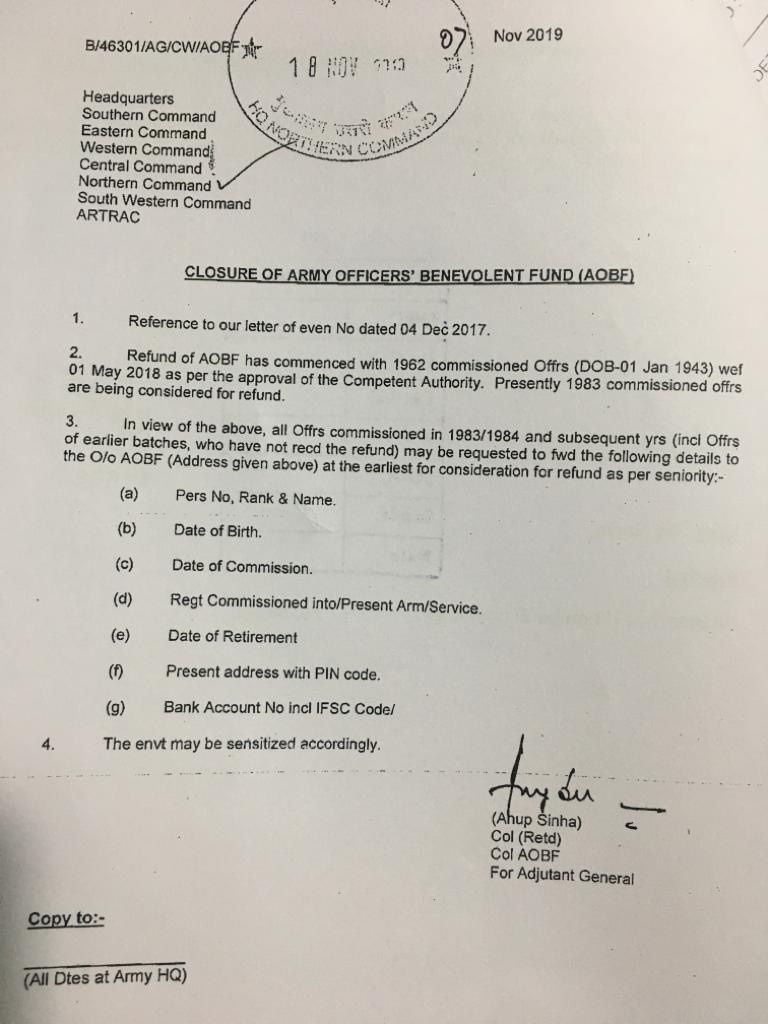 Pakistan Army chief Gen Qamar Javed Bajwa.
Pakistan Army chief Gen Qamar Javed Bajwa.Lahore, November 30
The opening of the historic Kartarpur corridor was the brainchild of Army chief General Qamar Javed Bajwa and it will hurt India for ever, a top Pakistani minister claimed on Saturday, contradicting his government’s assertion that the idea behind the initiative was of Prime Minister Imran Khan.
On November 9, Prime Minister Khan inaugurated the Kartarpur corridor to facilitate the visa-free entry of Indian Sikh pilgrims to celebrate the 550th birth anniversary of founder of Sikhism Guru Nanak Dev.
While inaugurating the corridor, Khan had told a gathering of over 12,000 devotees, including former prime minister Manmohan Singh and cricketer-turned-politician Navjot Singh Sidhu: “I had no idea of the importance this place holds. I found out a year ago. I am happy we could do this for you”.
The Pakistan Tehreek-e-Insaf government has claimed that the Kartarpur corridor was the initiative of Prime Minister Khan.
However, Pakistan’s Railways Minister Sheikh Rashid, a known motormouth considered to be a close aide of Prime Minister Khan, contradicted the government’s claim on Saturday when he told reporters here that the opening of the corridor was the brainchild of Army chief General Bajwa and asserted that it will hurt India for ever.
“India will remember for ever the kind of wound inflicted on it by Gen Bajwa by opening Kartarpur corridor,” he said.
“Gen Bajwa strongly hit India by opening the corridor. Through this project, Pakistan has created a new environment of peace and won itself love of the Sikh community, “he said.
Rashid claimed that the Indian media “played up” the issue of General Bajwa’s extension.
“The Imran Khan government has three more years and Bajwa has got three years in extension and not six months. So our government will complete its tenure,” he said, indirectly referring that General Bajwa is here to back Prime Minister Khan’s government.
General Bajwa did not attend the Kartarpur Corridor’s opening ceremony apparently to avoid any controversy.
In the ground breaking ceremony on November 28 last year, the hug of Congress leader Sidhu with General Bajwa had sparked a controversy.
The inauguration of the corridor came in the midst of frayed ties between India and Pakistan following New Delhi’s August 5 decision to withdraw Jammu and Kashmir’s special status and bifurcate the State into two Union Territories.
Notwithstanding a chill in the bilateral ties over Kashmir, India and Pakistan after tough negotiations signed an agreement in October, paving the way for the inauguration of the Kartarpur corridor on November 9.
The agreement will allow 5,000 Indian pilgrims daily to visit Gurdwara Darbar Sahib where Guru Nanak spent last 18 years of his life.
In February 1999, the Kartarpur corridor was proposed by the then Prime Minister Atal Bihari Vajpayee when he took a bus ride to Lahore during a peace initiative with Pakistan. It links Gurdwara Darbar Sahib in Pakistan’s Kartarpur to Dera Baba Nanak shrine in India’s Gurdaspur district. –

























































































